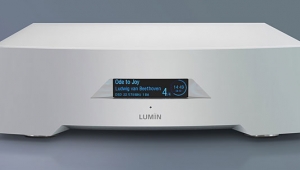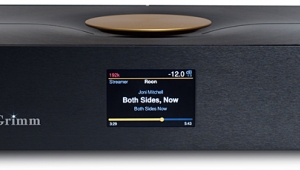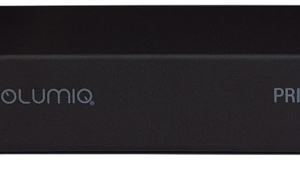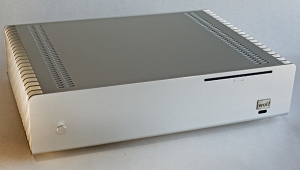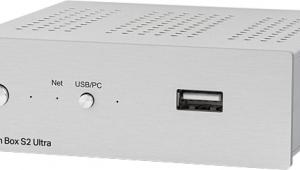| Columns Retired Columns & Blogs |
It was absurd that hi-fi companies didn't (still don't) pay attention to the access side but also we keep talking about controlling it from a smartphone such as the IPod. If one has the money for recommended components he/she should have it to use an IPad 4 or a Samsung Tablet 10.1"






